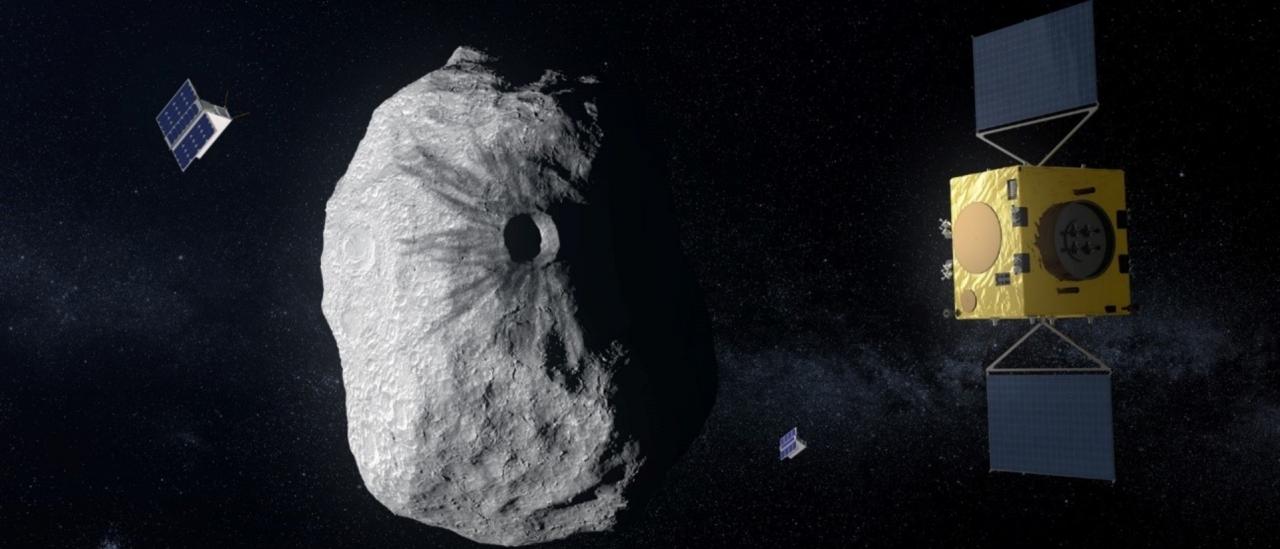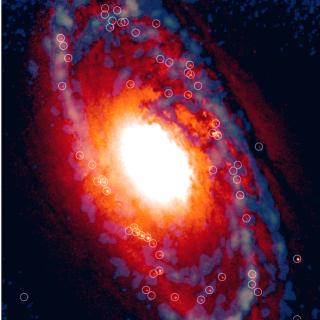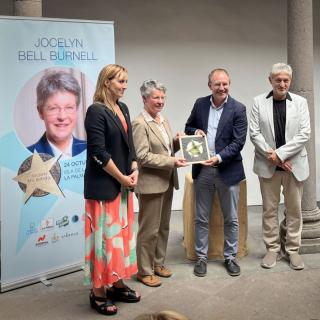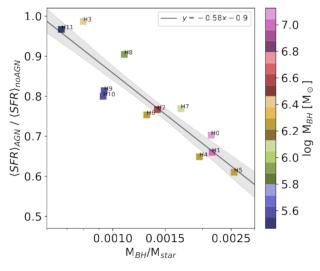In the following weeks the best telescopes in the world will point to binary asteroid Didymos, main target of the Hera space mission, led by the European Space Agency (ESA). This is a planetary defence mission (in study phase B1) that will rendezvous for the first time a binary asteroid. Hera is the European contribution to the NASA DART mission, aimed to impact on the smaller object of the system, also called “Didymoon”, with a diameter of 160 meters, which is orbiting the main asteroid, with a diameter of about 780 meters, at a distance of 1 kilometer.
Hera will study the changes that such an impact will produce in the orbit of the secondary around the main asteroid. Both Hera and DART were conceived as part of the international “Asteroid Impact Deflection Assessment” experiment (AIDA), aimed to study deflection techniques to avoid future asteroids that could impact on the Earth and key for the achievement of a planetary defence initiative.
The observational campaign to characterize asteroid Didymos will start next March 8th with the Gran Telescopio Canarias (GTC). These observations will be carried out by Julia de León and Marcel Popescu, postdoctoral researchers of the Instituto de Astrofísica de Canarias. Dr. de León is one of the chairs of the Remote Observations Working Group of the Hera mission, to which also belong Dr. Popescu and Dr. Javier Licandro (IAC). The aim of this working group is the coordination of the observations of binary asteroid Didymos from different telescopes all over the world to characterize the system with the highest possible accuracy before the impact. “We need to know in detail the orbital properties of the Didymoon, like its rotational period or if it is tidally locked to the main object of the system, i.e., if the time it takes to orbit the primary is equal to the time it takes to perform one rotation around its own axis” explains Julia de León. Obtaining this type of information requires from large aperture telescopes, like the GTC, as it is necessary to accurately measure tiny variations in the brightness of the system over time. These observations are fundamental to understand and evaluate the changes that the DART impact will produce in the orbit of the system.
The Gran Telescopio CANARIAS (GTC), located at the El Roque de los Muchachos Observatory (Garafía, La Palma) is part of the Spanish Network of Unique Scientific and Technical Infrastructures (ICTS).
The full press release of the ESA can be read in the following link: https://bit.ly/2HhF0lM
Contact at the IAC: Julia de León (jmlc [at] iac.es (jmlc[at]iac[dot]es))




